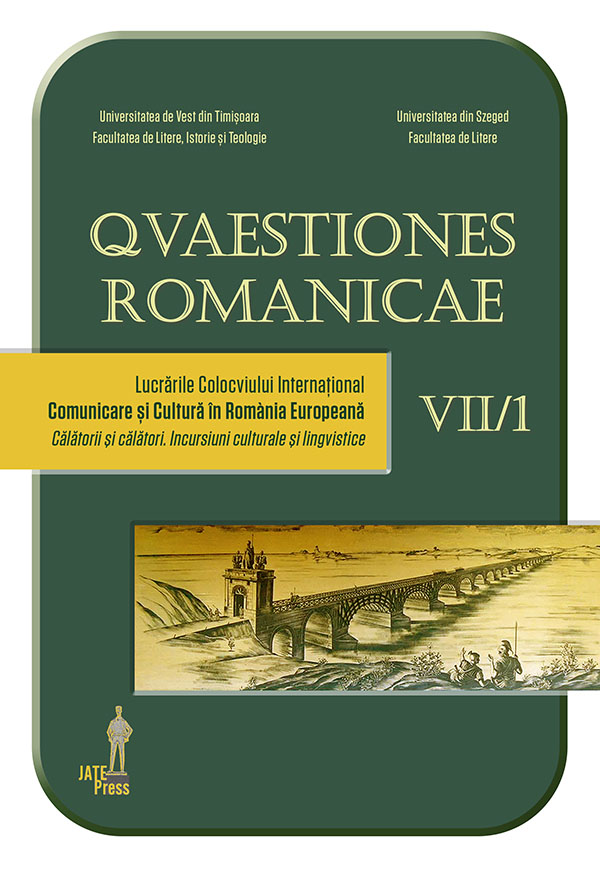Metafora călătoriei ȋn Liber Manualis
Abstract: (Journey metaphor in Dhuoda’s Liber Manualis) Among the distinct symbols of the Medieval Period, the journey has nevertheless, an important role. The life-journey analogy is present in all the Western European cultures during the Middle Ages and appears in various types of writing. The paraenetic literature is no exception, especially because its educative purpose that is fulfilled using the metaphor. Dhuoda, the author of a book of advices – a literary genre extensively used during the Middle Ages – does not ignore the most profound significance of the conceptual metaphor – life is a journey – and thoroughly exploits its visual component. The present paper analyses the metaphors used in Liber Manualis that exploit the imagistic substrate of the journey as “manifestations of conceptual metaphors” (Kövecses 2010, 7).
Keywords: path, journey, conceptual metaphor, terminology, Liber Manualis.
Rezumat: Ȋntre simbolurile distincte ale medievalităţii, călătoria deţine neȋndoielnic, un rol ȋnsemnat. Analogia călătorie-viaţă este prevalentă ȋn culturile medievale vest-europene, fiind prezentă în aproape toate tipurile de scrieri. Literatura parenetică nu face abstracţie, cu atât mai mult cu cât, principala funcție pe care o deţine metafora ȋn cărţile de sfaturi este, firește, de ordin educativ. Duoda, autoarea unei cărţi din seria scrierilor didactice – gen literar mult practicat în Evul Mediu – nu ignoră semnificaţiile cele mai profunde ale metaforei conceptuale viaţa este o călătorie – și prelucrează cu stăruinţă țesătura imagistică a acesteia. Ca „manifestări ale metaforelor conceptuale” (Kövecses 2010, 7), expresiile lingvistice care configurează o schemă imagistică a călătoriei ȋn Liber Manualis constituie obiectul analizei din lucrarea de faţă.
Cuvinte-cheie: cale, călătorie, metaforă conceptuală, terminologie, Liber Manualis.
